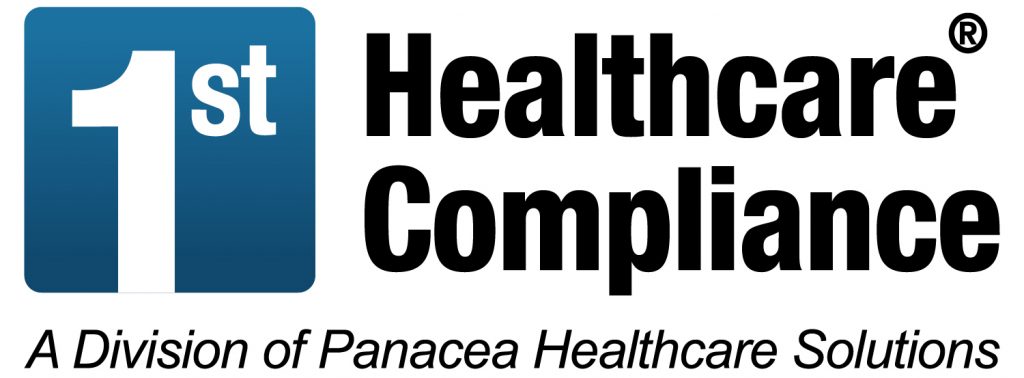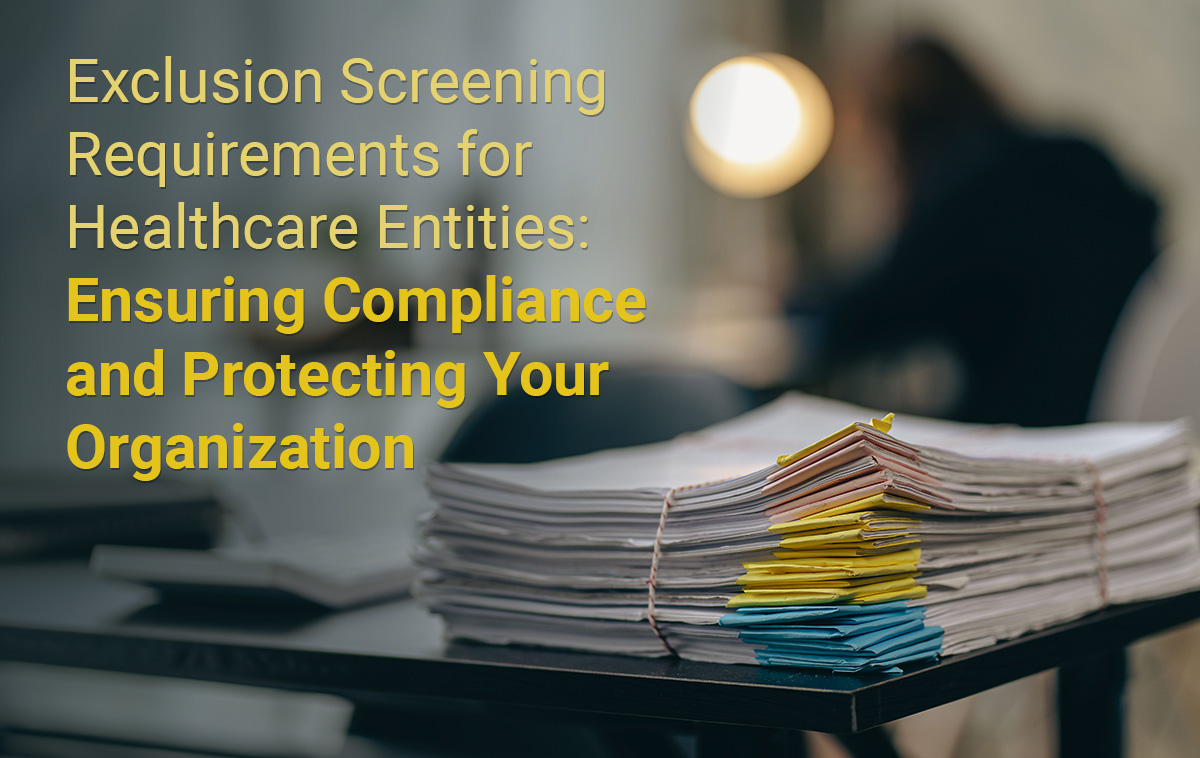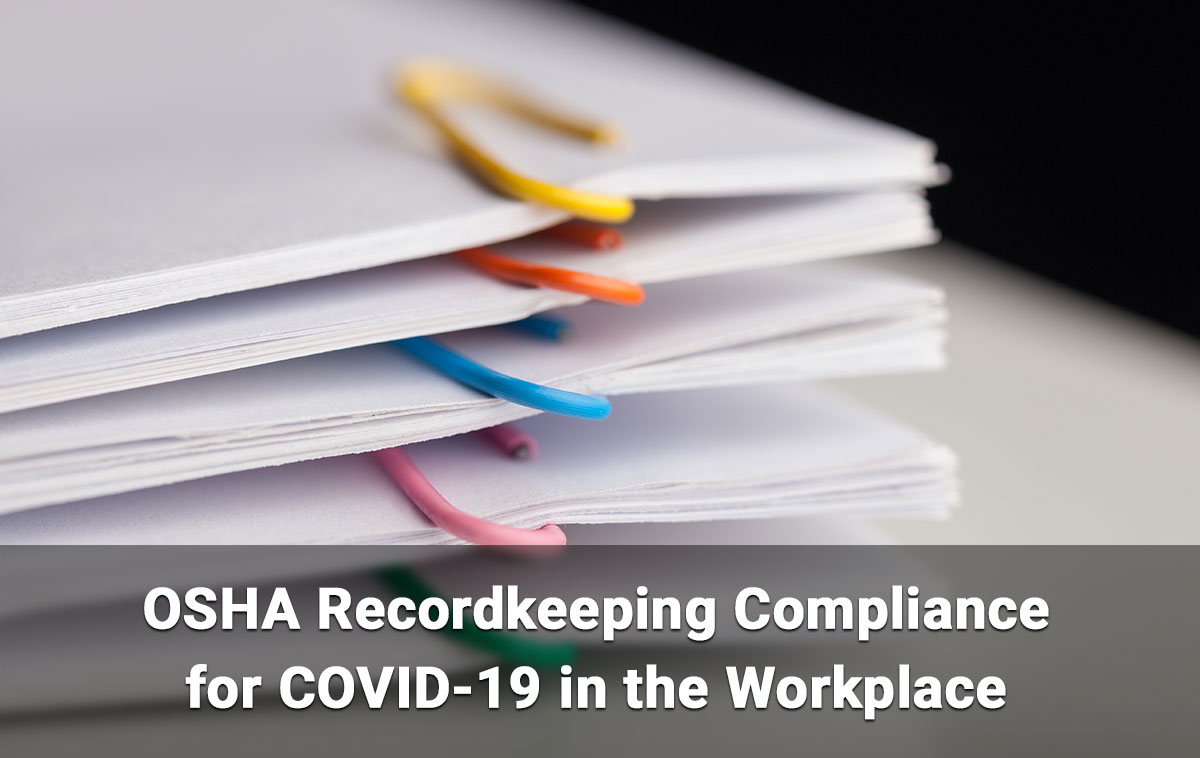What is OSHA Compliance Training?
Congress created the Occupational Safety and Health Administration, more commonly known as OSHA, following the passage of the Occupational Safety and Health Act of 1970 to enforce workplace laws and standards, as well as provide training, outreach, education and assistance.
OSHA coverage extends to most private sector employers and their workers. For this article, we’re going to focus on the healthcare sector and how employers can maintain a safe working environment for their employees.
Worker Safety in Hospitals
Did you know that a hospital is one of the most hazardous places to work? In 2019, U.S. hospitals recorded 221,400 work-related injuries and illnesses, which is almost twice the rate for the private industry.
There are several reasons for this, including the manual lifting of patients, caregiver fatigue, exposure to chemicals and drugs, exposure to communicable or infectious diseases, violence, and stress. These injuries and illnesses come at a high cost for the healthcare injury.
To create safe working conditions and decrease the number of injuries and illnesses in hospitals and healthcare facilities, healthcare employers must comply with OSHA regulations. Learning about these guidelines through OSHA compliance training is imperative.
What Is Included in Healthcare Employee OSHA Training?
Employers must develop a comprehensive training program and provide employees with annual training. Training content must be up-to-date and aligned with the U.N. Globally Harmonized System of Classification and Labeling of chemicals (GHS).
New employees must be informed about the hazardous chemicals they will potentially be exposed to during the workday and receive additional training whenever there are changes to existing chemical hazards and/or new hazardous chemicals are brought into the workplace.
Employee training should include a detailed explanation of the GHS label requirements and the 16-section Safety Data Sheet format. Employees must also know where Safety Data Sheets are kept in the workplace so that they can find them quickly in the event of an emergency. Training should also instruct on methods to detect the presence or release of hazardous chemicals.
Under the Occupational Safety and Health Act, OSHA has the authority to issue workplace health and safety regulations known as OSHA Standards. There are nine OSHA standards that are most frequently addressed regarding the healthcare industry.
- The Hazard Communication Standard
- Bloodborne Pathogens Standard
- Ionizing Radiation Standard
- Emergency Action Plan Standard
- Fire Safety Standard
- Medical and First Aid Standard
- Personal Protective Equipment Standard
- Exit Routes Standard
- Electrical Safety Standard
Where Can You Receive OSHA Training?
Healthcare employers can receive OSHA training from 1st Healthcare Compliance. The module includes the OSHA standards that healthcare providers must comply with, as well as the consequences of OSHA violations and a plan for OSHA compliance. Our 1stPrep training solution includes a library with hundreds of modules and a virtual training log which is helpful in case of an audit.
Furthermore, First Healthcare Compliance offers comprehensive compliance management software that will help your healthcare organization stay in compliance with OSHA, HIPAA and fraud, waste, and abuse laws. With our flexible, scalable software, you’re able to share, track and manage compliance, as well as view compliance status across all locations in real time.
Have the peace of mind that your healthcare organization is compliant in all federal healthcare regulatory areas. Contact us today and learn how we can help you stay current in OSHA training for employees and more.







